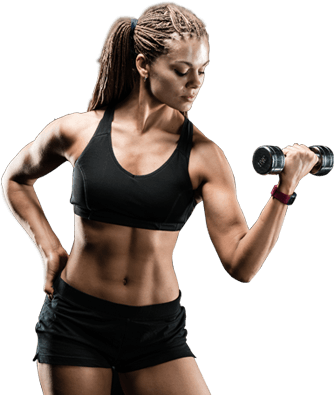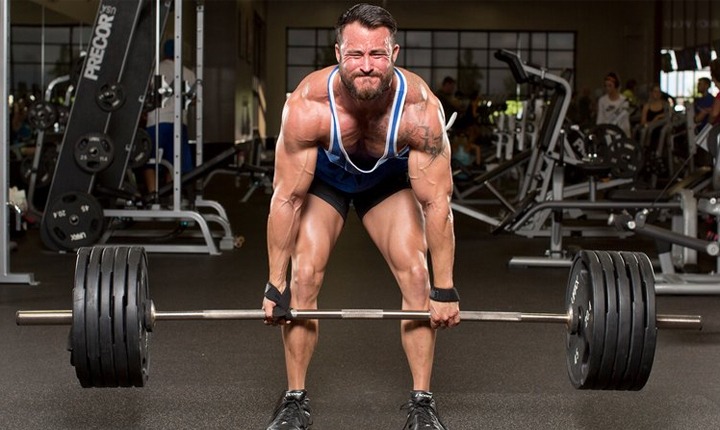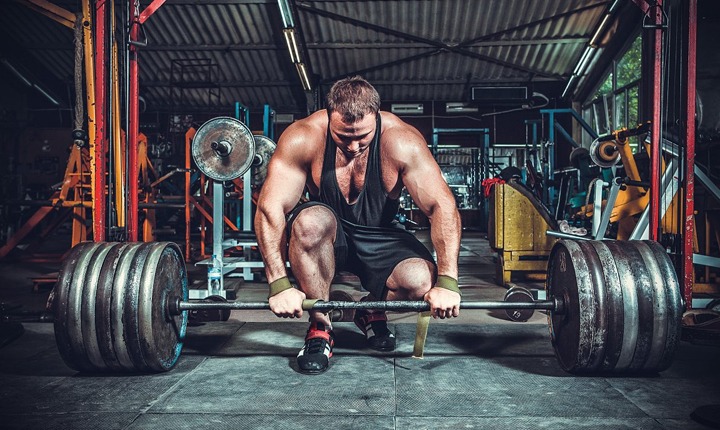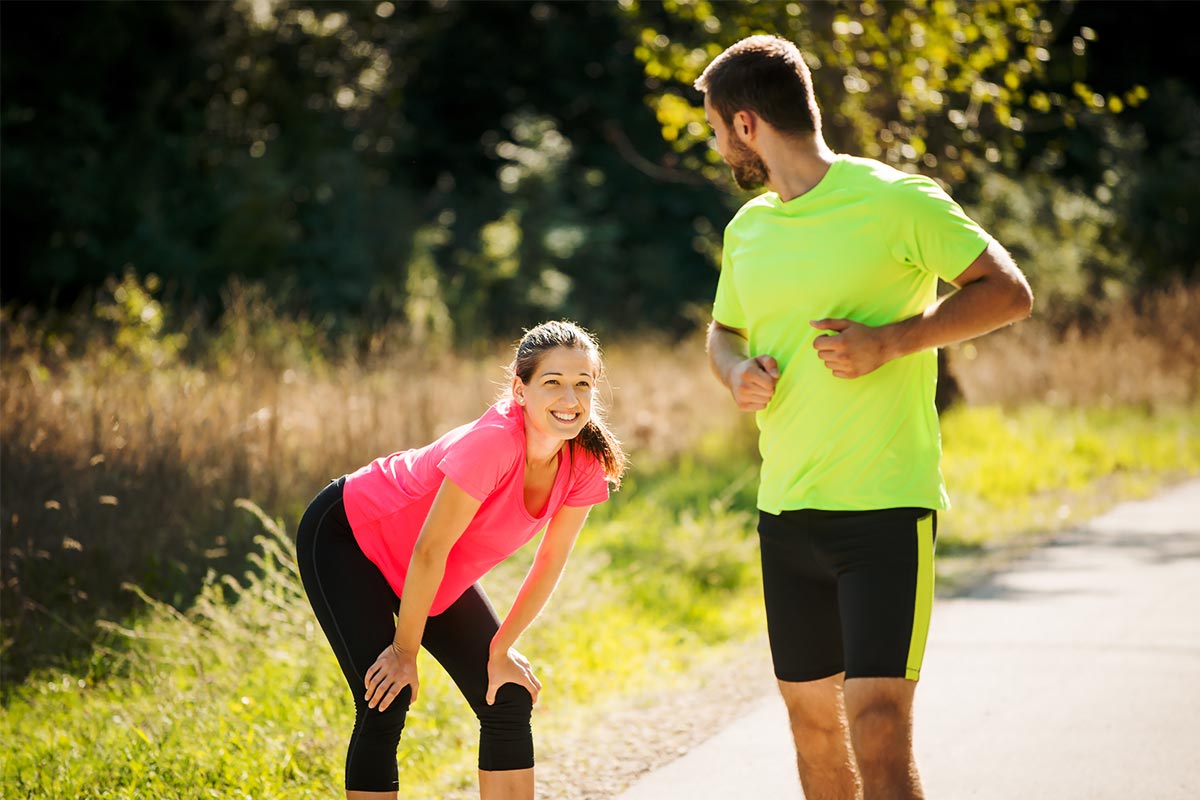Our Blog

How to Do Deadlift – An All-Inclusive Deadlift Guide

Considered to be one of the most wholesome, rewarding, and intense exercises out there, deadlifts are quickly becoming one of the most practiced forms of exercise among gym enthusiasts. Whether it is your gluteal muscle or your hamstring, your quads or your lower back, a deadlift makes sure it’s positive effects are seen all across your body. However, you can subject yourself to serious health hazards if you don’t know how to do a deadlift.
So, to help you out with the same, we have brought forward a deadlift guide that will help ensure you reap the most benefits out of this exercise while following necessary precautions.
How to Do Deadlift – A Detailed Deadlift Guide

Deadlift essentially refers to the lifting of the dead weight (weight without momentum) from the ground. In this exercise, all repetitions start with dead weight, which is a rarity when it comes to standard weight training exercises. If you are looking for the answer as to how to master deadlifts, you need to adopt the following five-step approach.
Step 1 – Take your starting position, which is keeping your mid-foot below the bar. Please make sure that your shins do not touch them yet. Keep your toes out at a 15° angle. Your heels should be hip-width apart; however, they must be narrower than how they are when you squat.
Step 2 – The second step in our deadlift guide involves you bowing down by bending your feet. Get a good grip on the bar and maintain a distance of shoulder-width in between your two hands. In addition, you have to ensure that your arms are vertical when viewed from the front.
Step 3 – Bend your knees until you are able to touch the bar with your shins in order to drop into your next position. Beware; not to let the bar go away from your mid-foot. In case it moves, you have to resume again with the first step. This would help to avoid injuries.
Step 4 – Raise your chest and straighten your back. In this step, you should also make sure that your mid-foot stays underneath the bar. Place your shins against the bar and your hips where they were.
Step 5 – Now, to the final and most important step – the lift. Relax, take a long breath, hold it in, and then stand up with the weight. Please ensure that the bar remains in contact with your feet when you pull. Avoid leaning back or shrugging at all cost. Furthermore, lock your knees and hips.
In order to release the weight back, you just have to unlock your knees and hips first. Proceed to lower the bar by pushing your hips backward. Keep your feet straight during this process. Bend your feet further once you realize that the bar is past your knees. You will notice that the bar will land above your mid-foot.
Do not forget to rest for a second in between each rep. Stay in your setup position with your hands placed over the bar. Take a long breath, tighten up, and pull again. Remember, each rep must begin with a dead stop. Never bounce the heavy weight off the ground.
8 Areas to Focus on for Mastering a Deadlift

In order to fully understand how to master a deadlift, you need to pay attention to these following areas. Of course, everything can be overbearing initially, given the effort this exercise demands from you. But, if you follow our instruction in each of these areas, you will soon adjust well to the mechanisms of this exercise.
If you go and speak to the fitness trainers of some of the best gyms in Kolkata, you will notice that they heavily stress on taking precautionary measures while performing an exercise of this caliber. So, without further delay, please focus on these following key areas.
Hips
The position of your hips for deadlifts will be determined by your body structure. People with long thighs have to position their hips higher than those with short thighs.
The funny thing with hips is that it gets into its position on its own when you correctly align your other body parts. As long as you keep your mid-foot underneath the bar and keep bending your knees until your shins touch the bar while grabbing it, you will see that your hips have been positioned where they are supposed to get positioned. Of course, this has to be accompanied by raising your chest.
Arms
A lesser-known trick with deadlifts is that when you are gripping the bar narrow, at about shoulder-width apart, you will be able to pull more weight. During your setup, your arms must incline from the side.
Do not forget to lock your elbows and straighten your arms before pulling off the weight from the ground, and keep them straight during the entire process until the lockout. The golden rule of deadlifts is to let your back muscles and legs lift the weight rather than your arms since arms are not build to lift such weights.
Feet
When you are setting up the bar, make sure that it is placed over the middle of your foot. This is crucial because your mid-point will act as the balance point. Remember to avoid setting the bar above your toes.
In essence, you will lose your balance if any part of your foot comes up during this whole process. Therefore, you have to always keep your mid-foot, heels, and toes down.
Shoulders
Keep your shoulders in front of the bar while setting up for a deadlift. Avoid keeping your shoulders above the bar since that puts your hips too low. Furthermore, it will also make your shins and knees come too far forward, thereby causing you to hit them on your way up.
In addition, always relax your shoulders. You don’t have to roll them up or shrug them during deadlifts because it may severely affect your shoulder joints. Let your feet do the work of lifting up the weight instead of your shoulders.
Bars
The next lesson in our deadlift guide focuses on the bar. You need to make sure that the bar leaves the ground exactly from your mid-foot on every rep.
The goal is to follow the shortest distance to reach the lockout, which you can achieve if you move up in a vertical line. So, naturally, you need to avoid horizontal bar movements because they will, without a doubt, lengthen the bar path.
Also, make sure that the floor is even and the bar is still before starting each rep. It is recommended to reset if the bar moves away from your mid-foot while setting up or in between reps.
Stance
Having a proper stance is vital for getting the rewards from this compound exercise. To achieve the perfect stance, you need to set up your heels hip-width apart. This means the wider or narrower your hips are, the wider or narrow your stance will be. The basic idea here is to create a space for your arms in order to stop them from getting blocked by your feet.
Another point you need to keep in mind is to not practice deadlift with a squat stance. A correct stance or posture will also drastically reduce the chances of you getting injured.
Knees
When you are performing a deadlift, you need to push your knees out during the setup in the same direction as your toes. The toes must point out at a 15° angle.
Following this rule will help engage your groin muscles. An underlying aspect that takes place here is that it allows for more of your muscles to work together; which naturally contributes to you being able to lift more weight.
Head
Keep your neck neutral while performing deadlifts. The goal here is to have a natural inward curve in your cervical spine. You also need to keep your spine neutral so that there is equal pressure on your spinal discs.
Do not look up to the ceiling when you are performing deadlifts since it will squeeze your spinal disc and result in a bad deadlift form. At the same time, do not look down as well because it will relax your upper-back and make it more likely to round up.
Try to look at a point on the floor that is in front of you since it will create a straight line from your hips to the top of your head. It is often an overlooked aspect of this exercise, which needs to be taken care of.
Summary
Similar to other exercise forms, deadlifts can be as dangerous when performed incorrectly as they are beneficial when they are done with the right procedure. Since it deals with a huge amount of weight, the risks are greater. Thus, you have to be extremely careful when it comes to its technicalities. We hope our guide of how to do deadlifts will position you better in performing this exercise like a pro. With that being said, we highly recommend you get professional help from a gym trainer, especially if you are new to this.







